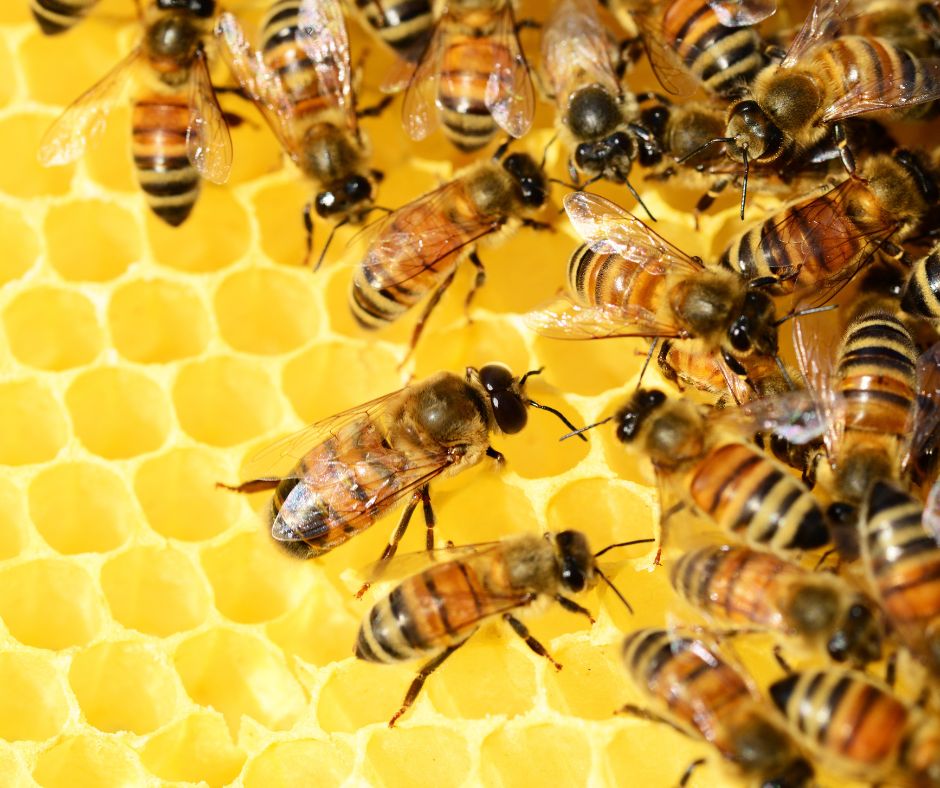Same-Day Pest Control in Port Charlotte
Comprehensive Guide to Understanding Pest Control Techniques and Their Therapy
Comprehending insect control approaches is essential for effective administration of undesirable microorganisms that position dangers to wellness, farming, and residential or commercial property. What aspects should be thought about when picking the appropriate pest control technique for a particular situation?
Introduction of Bug Control Approaches
Parasite control methods incorporate a variety of methods created to manage and remove undesirable organisms that can harm human wellness, agriculture, and building. Efficient pest administration is vital for preserving the honesty of ecological communities and making sure the safety of food products. These techniques can be generally categorized right into three key techniques: cultural, mechanical, and biological controls.

Cultural control involves customizing farming methods or environmental conditions to reduce pest establishment and reproduction. Mechanical control counts on physical obstacles or tools to avoid pest access or straight eliminate them.
Biological control utilizes all-natural predators, bloodsuckers, or virus to regulate pest populations. This technique highlights environmental equilibrium and can consist of presenting valuable pests, such as ladybugs or predacious nematodes, to manage insect presence.
Integrated insect management (IPM) combines these approaches, making use of an alternative technique that highlights prevention, monitoring, and liable administration. By using a blend of these approaches, bug control can be a lot more sustainable and reliable, decreasing dependence on chemical interventions while protecting human health and wellness and the atmosphere.

Chemical Bug Control Solutions
A range of chemical bug control options are available, offering reliable options for taking care of parasite populaces when various other methods might drop short. These services largely include insecticides, herbicides, fungicides, and rodenticides, each created to target specific parasites while lessening injury to non-target organisms.
Insecticides are specifically effective against a variety of pests, including ants, cockroaches, and termites, and can be identified as contact or systemic representatives. Contact insecticides kill bugs on call, while systemic insecticides are soaked up by plants, making them toxic to insects that feed upon them. Herbicides are made use of to control unwanted plants, whereas fungicides are important for handling fungal illness that can harm plants and ornamental plants.
Rodenticides, developed for rodent control, are offered in numerous solutions, including baits and tracking powders. It is vital to adhere to tag instructions carefully to guarantee safety and efficacy. Furthermore, integrated parasite monitoring (IPM) principles need to be used, combining chemical remedies with social, mechanical, and organic methods for lasting bug control. This holistic approach not just boosts pest administration efficiency however additionally minimizes prospective environmental impacts connected with read this article chemical use.
Organic Insect Control Strategies
Organic bug control techniques supply an eco-friendly choice to chemical techniques by using natural predators, parasites, or virus to manage pest populations. This strategy leverages the environmental relationships between organisms, advertising a balanced ecosystem while decreasing chemical residue in the atmosphere.
One of one of the most common organic control methods includes the intro of natural adversaries. Ladybugs are utilized to regulate aphid populations, while parasitic wasps can target caterpillars and various other pests. These natural killers efficiently decrease pest numbers without harming valuable insects.
Furthermore, microbial representatives such as microorganisms, fungi, and infections are made use of to infect and kill certain pests. Bacillus thuringiensis (Bt), a naturally occurring bacterium, is extensively used to control caterpillars and various other larvae, showcasing the performance of microbial parasite control.

Physical and Mechanical Techniques
Frequently employed in integrated pest monitoring strategies, physical and mechanical approaches work as reliable devices for managing bug populations without making use of chemicals. These methods depend on physical barriers, catches, and various other mechanical devices to prevent or eliminate pests, making them eco-friendly choices.
Physical methods include the usage of barriers such as insect netting, displays, or row covers that physically obstruct insects from accessing plants. This is especially useful in farming settings where plant protection is important. Additionally, environment manipulation, such as eliminating debris and standing water, can lower insect breeding websites, thus minimizing invasions.
Mechanical methods include catches, which can be developed to record specific bugs. Sticky traps and pheromone catches prevail examples that draw and preserve insects, facilitating tracking and control. Vacuuming is an additional mechanical approach, effective for getting rid of insects from their explanation indoor atmospheres, specifically in instances of infestations.
Preventative Parasite Administration Strategies
Effective preventative insect administration methods are vital for keeping healthy and balanced settings and minimizing pest-related issues prior to they emerge (Pest Control in Port Charlotte, FL). These techniques concentrate on proactive measures that lower the chance of insect problems by resolving the root causes

Another crucial method involves correct landscaping techniques (Pest Control in Port Charlotte, FL). Keeping vegetation trimmed and far from buildings can lower harborage areas for pests. Likewise, executing incorporated insect monitoring (IPM) methods that consist of keeping track of pest populations and using biological controls can cultivate a balanced ecological community that normally suppresses pest numbers.
Education and training for team and residents on acknowledging very early indicators of insect task are also essential parts of a reliable preventative program. By fostering an atmosphere of recognition and watchfulness, companies and homeowners can significantly improve their parasite management initiatives and secure their rooms versus future infestations.
Final Thought
To conclude, effective pest control needs a diverse technique that incorporates chemical, organic, and mechanical approaches. Employing an Integrated Bug Administration (IPM) structure Homepage allows for the sustainable administration of bugs while lessening eco-friendly effect. Preventative approaches better boost the efficiency of these approaches, ensuring lasting defense of wellness, farming, and residential or commercial property. Eventually, a detailed understanding of these varied bug control methods is necessary for accomplishing effective results in bug management initiatives.